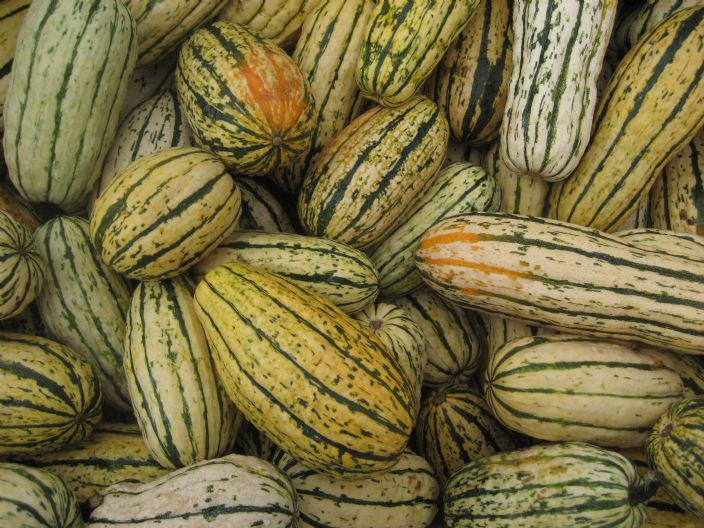
New Years
Celebrate Green with green New Year's traditions from around the world
 Nature
(including food), along with gestures of good will and generosity, plays an important
role in New Year's traditions around the world. It would be easy enough to
incorporate some of these interesting traditions into your own eco-friendly New
Year's celebrations.
Nature
(including food), along with gestures of good will and generosity, plays an important
role in New Year's traditions around the world. It would be easy enough to
incorporate some of these interesting traditions into your own eco-friendly New
Year's celebrations.
In the Republic
of Armenia, for instance,
a traditional New Year's meal includes dried fruits, raisins and nuts as well
as dolma (grape leaves stuffed with rice.) A sweet soup makes the meal special
along with a bread, darin, kneaded with "luck and good wishes" pressed into the
dough before it is cooked.
Belgian farmers are always sure to wish their animals a Happy New
Year. You can guess why.
The lentil is believed to signify wealth, so in Brazil on
January 1, they serve this nutritious legume alone or with rice.
Chinese New Year celebrations, (which, because the Chinese
calendar is based on a combination of solar and lunar movements, is not
celebrated on January 1) tend toward the spectacular and involve entire
communities. But here's a little eco-secret about these events. Plants and
flowers play a huge role because they are thought to bring good fortune for the
New Year. Kumquat trees, peach blossoms and tangerines fly off store shelves as
they are considered to be especially lucky.
For Greek families, New Year's is a significant holiday as it is
thought to be day that St. Basil, a 4th
century theologian important in the Greek Orthodox Church, died. His
kindness and generosity to the poor is honored on this day, particularly by
making and serving the St. Basil's cake which has hidden within, the gift of a
coin. In addition, honey, olive-branches, nuts, fresh fruit and other symbols
of happiness and wealth decorate the table.
Greeks also celebrate a New Year on September 1, the start of the
sowing season. In many places throughout the country, people make wreaths of
natural materials including grapes, garlic, pomegranates and nuts. In one town,
last year's wreaths are tossed into the sea and this year's immersed in the
water for good luck. In another city, wreaths include bags full of grain. The
New Year's seeding begins only when the wreath, bursting with the glory of the
last harvest, has been hung.
The Japanese incorporate ropes made of straw, hung across doorways
to signify happiness and good luck. Paper lobsters may be used to decorate
homes at the New Year because the lobster's back curves like that of an old
person, denoting longevity.Â
Spain's tradition of eating one grape with every toll of the midnight
hour to bring good luck over the next year has spread to a number of South and
Central American countries. This custom would be simple to emulate and is sure
to bring lots of laughter as everyone tries to finish a dozen grapes by the time
the last bell rings.
Want to learn more about how to Celebrate Green?
Buy our book today!
 Nature
(including food), along with gestures of good will and generosity, plays an important
role in New Year's traditions around the world. It would be easy enough to
incorporate some of these interesting traditions into your own eco-friendly New
Year's celebrations.
Nature
(including food), along with gestures of good will and generosity, plays an important
role in New Year's traditions around the world. It would be easy enough to
incorporate some of these interesting traditions into your own eco-friendly New
Year's celebrations.